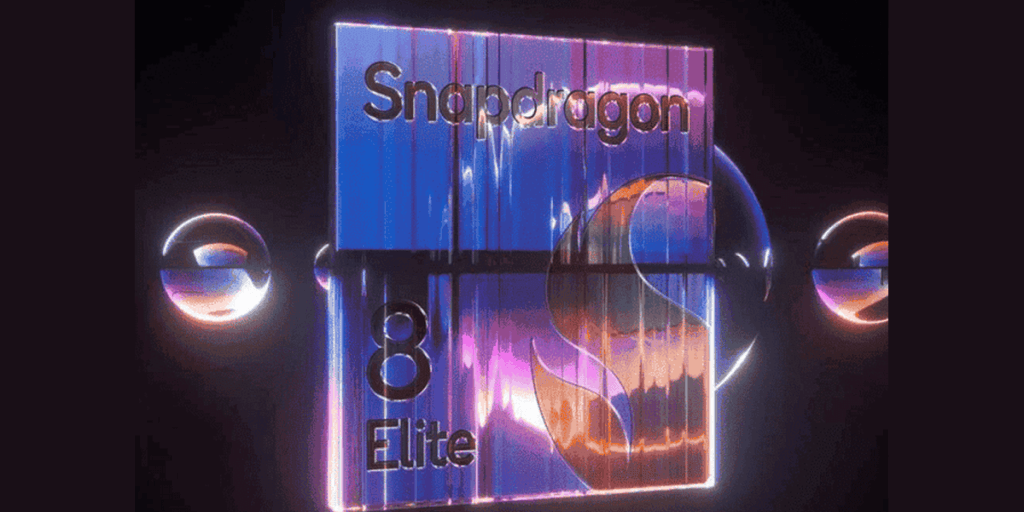Qualcomm has announced that its new flagship chipset, previously known as Snapdragon 8 Gen 4, will be revealed during its annual Snapdragon Summit, scheduled for October 21 to October 23. In June 2024, the company introduced the Snapdragon X Elite, which is a processor aimed at Windows laptops, showcasing considerable improvements in AI processing. This processor features an on-chip Neural Processing Unit (NPU) that can efficiently run a generative AI Large Language Model (LLM) at impressive speeds. Recent leaks indicate that Qualcomm might rename the Snapdragon 8 Gen 4 to better fit with its Windows processors, potentially referring to the mobile chipset as Snapdragon 8 Elite. This new name was found on a leaked poster related to the Xiaomi 15 launch.
Snapdragon 8 Elite Specifications
Reports suggest that the Snapdragon 8 Elite will include six CPU cores running at 3.53GHz and two cores that will work at 4.32GHz. For graphics, the chipset is expected to use the Adreno 830 GPU, which operates at a clock speed of 1.1GHz. A recent leak indicates that the Snapdragon 8 Elite could provide a 46% to 53% boost in GPU performance compared to the Snapdragon 8 Gen 3. Additionally, Qualcomm’s newly announced Snapdragon X80 modem is anticipated to be integrated into this new chip. Notable features are built-in satellite support (NB-NTN) requiring no extra components, a 10% reduction in power consumption for mmWave, 30% better location accuracy, and the capability to combine six 5G carriers for enhanced speeds. With AI being a major trend in smartphones, significant improvements in this area are expected with the Snapdragon 8 Elite.
Performance Expectations
The upcoming OnePlus 13 has already shown impressive benchmark results on Geekbench, scoring 3,216 in single-core tests and over 10,000 in multi-core tests, reaching a score of 10,051. However, it should be noted that the name Snapdragon 8 Elite has not yet been officially confirmed. With anticipated remarkable performance, the Snapdragon 8 Elite aims to enhance both CPU and GPU capabilities significantly, while also providing advanced AI processing power. This combination is expected to improve overall efficiency and enhance user experience across devices.


Leave a Reply